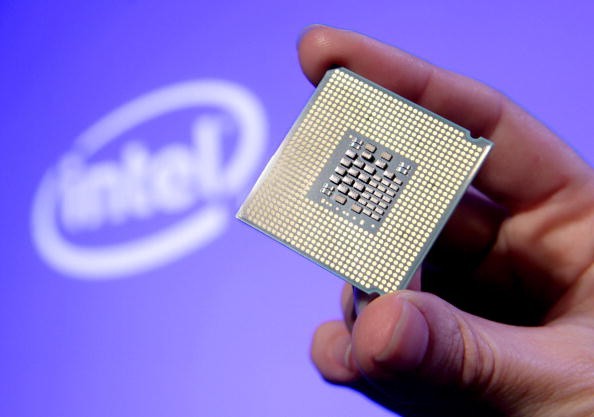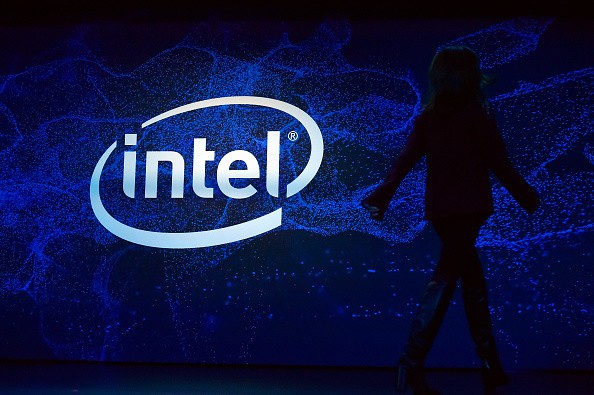In the race between Intel Alder Lake vs Apple M1 chip, who could win? Intel's upcoming Alder Lake could be the closest thing to Apple's latest in-house processor, which is currently used in the company's MacBook lineup. Intel spends a lot of time during the previous CES to provide a preview of its next major chipset.

Read also: Raspberry Pi Pico vs ESPR32: Microcontroller Module Moves Away from Single-Board Linux Computers
According to The Verge's latest report, Intel confirmed that its upcoming hybrid Alder Lake processors would utilize an approach similar to Arm's Big.little technology, which is already featured in the chips Lake Field predecessor.
The upcoming chipset is also expected to feature high-performance and high-efficiency cores in a single package. This innovation will allow the new Intel Alder Lake to maximize both efficiency and power.
Intel Alder Lake vs Apple M1 Chip
While the company's Lakefield processors focus on mobile devices, Intel confirmed that its upcoming Alder Lake will focus on its future desktop and mobile devices, serving as their foundation.

It is expected to have a new and enhanced version of the 10nm SuperFin designs, which are already integrated on the company's 11th Gen Tiger Lake processors. Aside from this, Intel Alder Lake will also feature new high-power cores.
These include the new Gracenote cores, which will be used for the chip's efficiency, as well as the latest Golden Lake cores. This innovation simply shows that Intel now has plans for hybrid chips that will scale far beyond simple smartphone flagships.
Intel's upcoming Alder Lake processor is considered as the closest chip to Apple's latest M1 processor, which is currently used in its latest laptops. Since Intel is now focusing on hybrid processors, this means that the company is looking to scale its hybrid chips across its lineup could indicate that the company is looking to emulate Apple's Arm success with its own technology going forward.
When will Alder Lake arrive? Release Date
TechRadar previously reported that Intel's new processor could arrive in the second half of 2021. Other rumors claimed that the new chipset could be released in September.
However, there could still be some changes since the company usually releases its new processors around a year after the release of their predecessors. This means that people should heavily rely on speculations. It is still advisable that you wait for Intel's actual announcements.
For more news updates about Intel and other Apple competitors, always keep your tabs open here at TechTimes.
Related Article: Samsung Allegedly Developing a Chipset to Beat Apple's A14 Bionic Processor; Is This Bad News for Apple?
This article is owned by TechTimes.
Written by: Giuliano de Leon.
ⓒ 2025 TECHTIMES.com All rights reserved. Do not reproduce without permission.




